Contact us
Contact us

Scroll down
Product
Product design to survive and thrive
In today’s inflight retail market
Both in the air and on the ground, consumers are becoming increasingly value-hungry, deal-savvy, and information-soaked by the day and, with that, some inflight retailers and airlines may feel apprehensive. Their nimbleness is tested by the speed at which consumer attitudes, habits and expectations are changing.
These changing attitudes are being driven largely by the rise of e-commerce. Consumers have a huge assortment of product, purchase, and delivery options on the ground – leading to higher expectations in the air.
If bricks-and-mortar retailers, with row after row of shelf space, are struggling to keep up, what can you realistically hope to achieve with an aircraft trolley?
Quite a lot, actually. Despite the apparent challenges facing retail as a whole, smart airlines continue to build and maintain healthy ancillary revenue streams from inflight retail.
In our experience, a successful end-to-end retail programme's primary ingredients are a strong understanding of customers, an appetite to experiment with ancillary opportunities, and a well-defined product mix which includes on-point bespoke offerings. Investing in bold, engaging, and of course high-quality product reflects positively on the airline as a creative investor in its customer experience and brand.
In contrast, a retail offer without the right bespoke products may work in the short term but often indicates strategic weaknesses that put steady, long-term revenues and overall brand standing at risk. Simply reselling 'corner store' products (often at an increased cost) does little to build an airline’s reputation as a customer-centric, creative organisation.
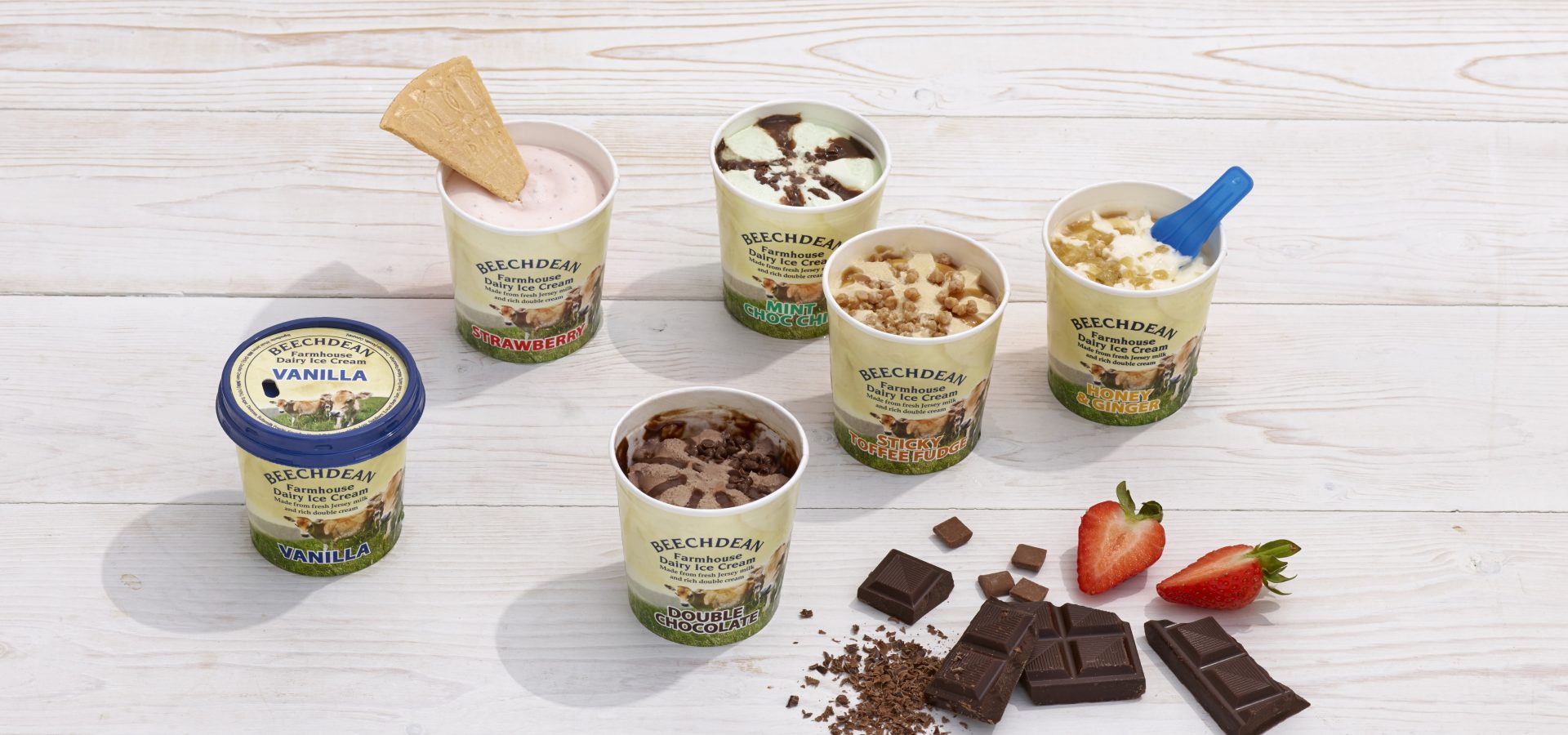
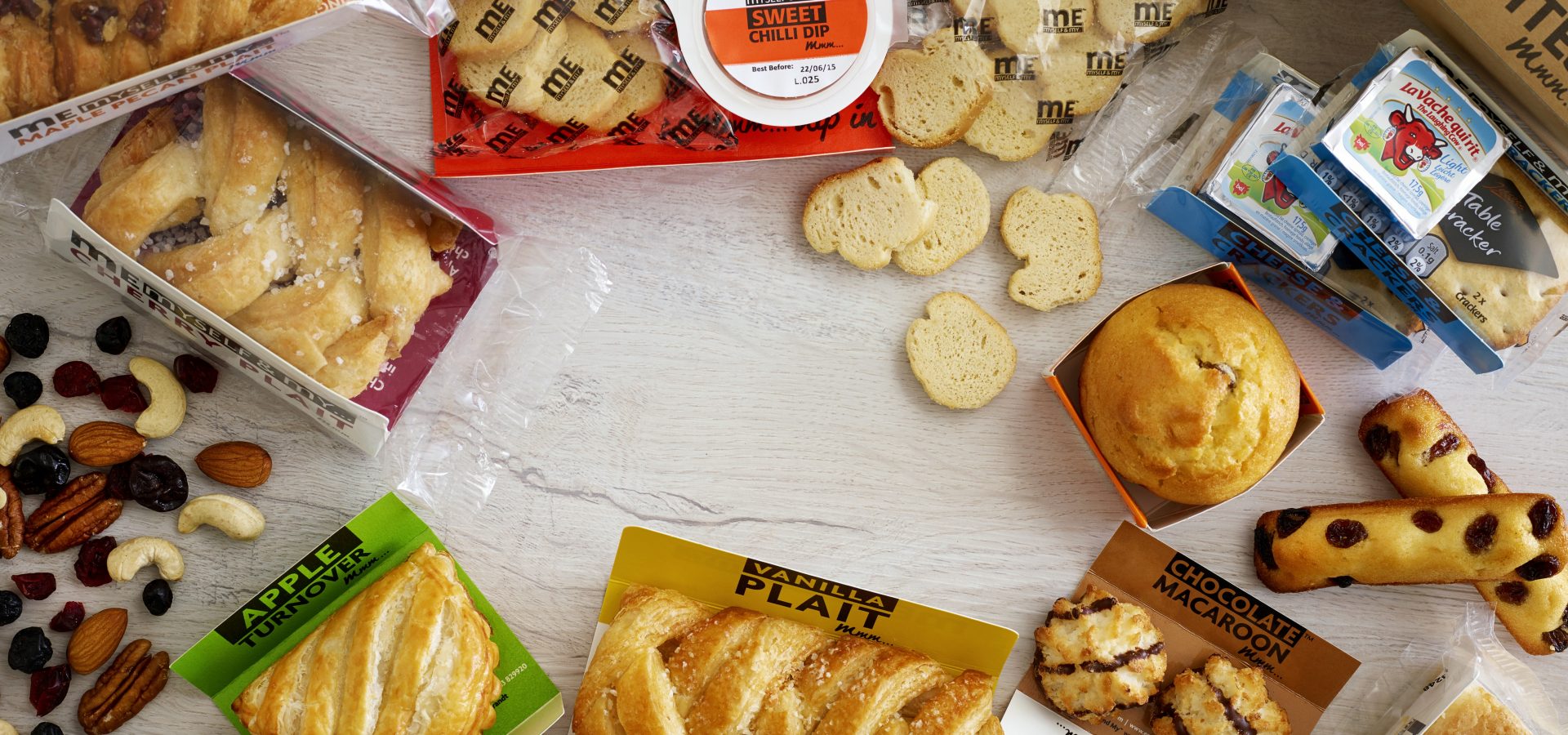



1 First, take a balanced view of opportunities and challenges in inflight retail.
As outlined above, e-commerce is rewiring passengers’ attitudes and expectations, and the new competitive landscape can be justifiably intimidating for airlines weary of asking passengers to open their wallets.
Our recommendation is to look for market advantages that can ensure bespoke products are attractive and deliver value to your customers.

Two such advantages are, for example, that:
- More data is available on customers’ buying habits and purchasing histories than ever before, particularly when working with inflight retail experts that can refer to past experience. The best inflight retail programmes are tightly integrated with airline data analytics systems, which offer an extra layer of predictive insights, whether through submitted personal preferences, purchase histories, or airline loyalty programme information. This data can be used to uncover insights to guide product specifications and mix.
- Attention is often thought to be the scarcest commodity in retail today. Having a customer base that sits in one place for an hour or more is a tremendous advantage seldom enjoyed on the ground – a fact not lost on high-street retailers like M&S, who are taking more interest in reaching passengers on board. Retailing above the clouds, however, presents a wealth of different challenges than on the high-street. Experience in the air counts.
This increased potential for attention can lead to greater sales and, what is more valuable in the long run, a deeper relationship with the airline’s food and product brands. This relationship can be leveraged to provide more tailored products, more often. In this respect our teams are having to be nimble, as successful retailers need to be.
2 Second, don’t just meet existing customer demand – use it as a starting point for further value creation.
It can be tempting for inflight retailers to play defense by focusing only on the now and meeting their captive audience's minimum levels of expectations and preferences.
But simply accommodating their expectations tends to leave travellers unimpressed and hungry to reach their destination and devour 'proper' food.

Instead, your goal should be to exceed expectations with a product designed to add value that passengers are unlikely to find elsewhere. We see this approach in the best cafes and restaurants, so airlines also need to think creatively and provide that point of difference people look for.
Consider a scenario, for example, in which a passenger – who happens to be gluten-free and flying to Mexico for a vacation – was able to buy naturally gluten-free tortillas prepared according to a traditional recipe. The purchase becomes about more than just getting fed and respecting his diet: it is part of the vacation experience.
Sound delightfully simple? Not so fast.
3 Third, master product development complexity with an agile, feedback-friendly approach.
Orchestrating a winning inflight retail experience around a certain product, as in the tortilla example, is a complex process taking into account factors such as:

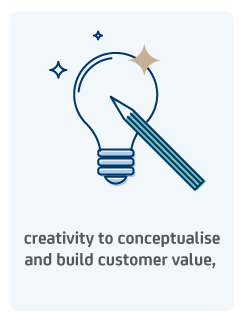
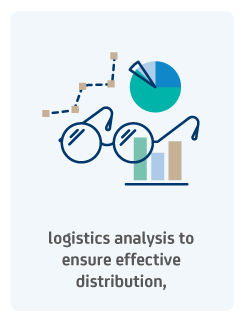

The business risk of getting bogged down in all this complexity is all too real. Experienced inflight retail product development teams, like our experts within dnata and En Route International, have eclectic skill sets, a bias for action, and a knack for on-the-fly decision-making based on currently available information. They should think laterally and be able to tackle challenges from packaging design to recipe and everything in between. Data and market research can indicate which value creation envelope to push, but actually pushing it takes a team with multidisciplinary creativity and a willingness to take calculated risks.

To that end, at dnata we’re investing in our retail capability. Retailing in the air is a never-ending journey of innovation and an exciting one at that. Hit subscribe on Food for thought to stay up to date with our retail insights and ideas.
Robin Padgett, Divisional Senior Vice President | dnata catering October 23, 2018
Did we whet your appetite for knowledge?
Let us know by endorsing this piece.
By clapping more or less, you can signal to us which stories stand out.

117
endorsements
Contact us
Want to improve your retail offering? Fill in the form to schedule a consultation with our experts.
Recommended for you
About dnata catering
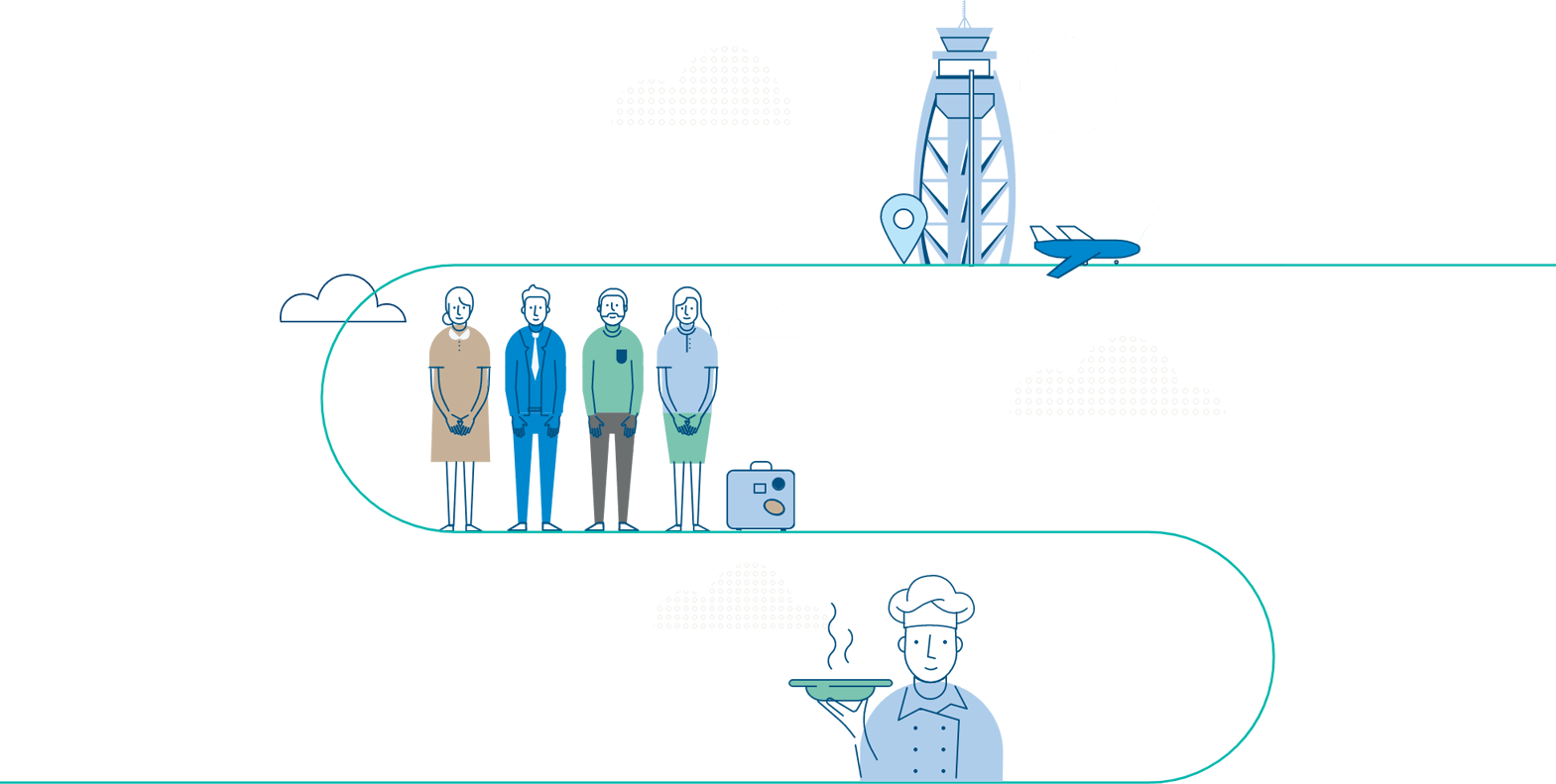
Over
63 locations

More than
190
airline customers

Over
117m
meals annually



